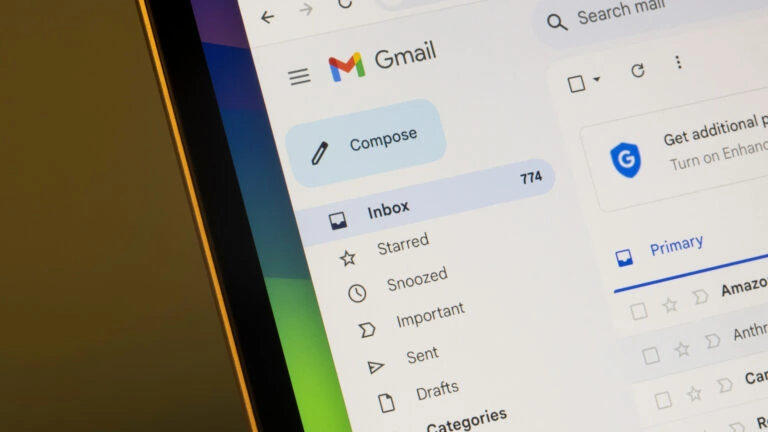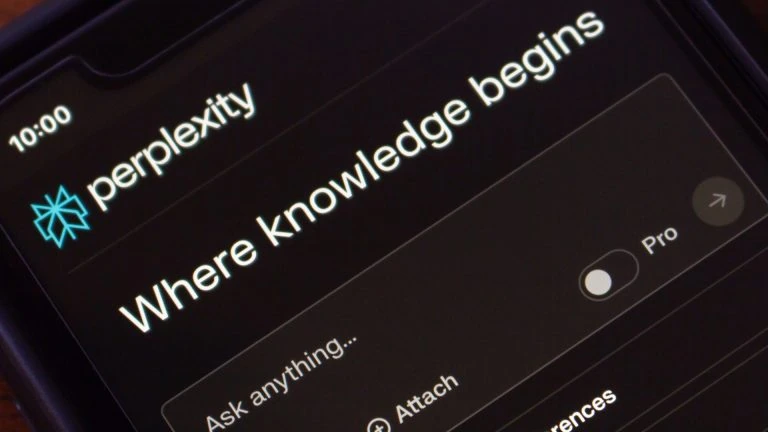Bundesnetzagentur möchte Mobilfunknetzausbau ankurbeln

Im Digitalzeitalter hapert es in Deutschland beim Mobilfunk mancherorts noch immer. Gutes Netz? Fehlanzeige, heißt es in vielen Gegenden oder entlang von Straßen. Die Bundesnetzagentur macht nun Druck.






